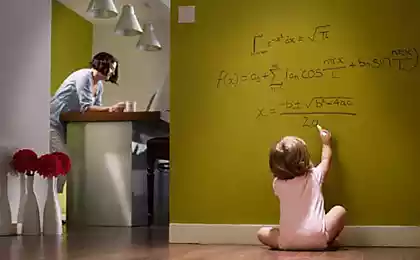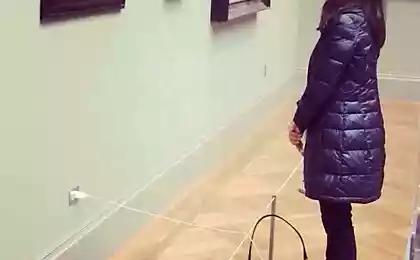486
Unusual farm in the city centre
From the outside this building looks like a restaurant that serves traditional English food, fish and chips (fish and fries) that you can find on almost every corner, but inside is a small aquaponics enterprise, producing ingredients. It is located on the roof of the building in the British port city. Its creators want to demonstrate the possible future of the production of traditional English food.

“Initially, we thought about a self-contained ecosystem, " says Paul Smith, one of the founders of the design firm Something & Son,” which launched the project. — How to grow food in the city and how to combine the new “smart” farm fishery? We wanted to try to create from scratch the ingredients for a British national dish”.
Developers are primarily intended to attract the attention of people who haven't thought about growing plants or animals within the city limits. According to Andrew Merritt, co-founder of the firm, this approach is the future.
They built the plant will produce about 200 fish per year and 6 tons of greens and vegetables. Theoretically this is enough to ensure the operation of a small cafe, and the designers have already agreed about cooperation with the local restaurant. Their collaborative work will begin after the end of the art festival “Folkstone Triennial” in the South-East of England, where the project was demonstrated as an example of how much space and energy is required to produce even a small amount of food. The company was created as a temporary object for the festival, but now the designers intend to continue working with him.

“Ultimately, we would like to make a cafe selling fish and chips, but the size of the factory: to produce on a fairly large scale, and it was the traditional small counter. It would have emphasized how we load our planet, to feed only a small number of people.”
On making use of the automated device for feeding fish and watering plants, and the company is developing jointly with the experts of Arduino sensors that monitor the temperature and oxygen content in the air and adjust the light level and ventilation. Andrew Merritt explains that they want to create a system that does not require observing the entire period between planting and harvest — then the production will require less than 8 hours of care per month.

Source: thinkgreen.ru/tg/ferma-v-centre-goroda/

“Initially, we thought about a self-contained ecosystem, " says Paul Smith, one of the founders of the design firm Something & Son,” which launched the project. — How to grow food in the city and how to combine the new “smart” farm fishery? We wanted to try to create from scratch the ingredients for a British national dish”.
Developers are primarily intended to attract the attention of people who haven't thought about growing plants or animals within the city limits. According to Andrew Merritt, co-founder of the firm, this approach is the future.
They built the plant will produce about 200 fish per year and 6 tons of greens and vegetables. Theoretically this is enough to ensure the operation of a small cafe, and the designers have already agreed about cooperation with the local restaurant. Their collaborative work will begin after the end of the art festival “Folkstone Triennial” in the South-East of England, where the project was demonstrated as an example of how much space and energy is required to produce even a small amount of food. The company was created as a temporary object for the festival, but now the designers intend to continue working with him.

“Ultimately, we would like to make a cafe selling fish and chips, but the size of the factory: to produce on a fairly large scale, and it was the traditional small counter. It would have emphasized how we load our planet, to feed only a small number of people.”
On making use of the automated device for feeding fish and watering plants, and the company is developing jointly with the experts of Arduino sensors that monitor the temperature and oxygen content in the air and adjust the light level and ventilation. Andrew Merritt explains that they want to create a system that does not require observing the entire period between planting and harvest — then the production will require less than 8 hours of care per month.

Source: thinkgreen.ru/tg/ferma-v-centre-goroda/























